#taranto apulia
Text
A huge inheritance of the Aragonese Crown in South Italy

The Aragonese castle of Taranto (Tarde in Tarentino) is located in the region of Apulia (Pugghie in Tarentino and Puglia in Italian), in southern Italy and facing the Ionian Sea, and stands on the site of an early 10th-century Byzantine fortification intended to protect the city from Saracen and Venetian attacks.
After the fall of the Roman Empire in the 5th century, the barbarian peoples who occupied present-day Italy reached the edges of the peninsula to make it their own. The Ostrogoths and Byzantines fought over Taranto in the 6th century until the Byzantines prevailed, only to be displaced by the Lombards in the 7th century, before the Saracens established themselves and formed an emirate in the 9th century. Once again in the hands of the Byzantines, the construction of the Rocca began.
The Byzantines were expelled from Taranto in the 11th century by the Normans, who had settled in Sicily, and established a principality that lasted until the 15th century, passing from family to family: first the Hauteville for over a century, then the Staufen and Brienne in short periods of time between the 12th and 13th centuries, before falling into the hands of the Hohenstaufen, the Anjou and the Orsini until its incorporation into the Kingdom of Naples in 1465.
In 1442, the Crown of Aragon invaded the Kingdom of Naples from its Sicilian possessions, after two centuries of pretensions to occupy the south of the Italic Peninsula, but on the death of King Alfons the Magnanimous, they were separated and in 1458 Ferdinand I was proclaimed the new king of Naples, and dissolved the principality on the death of his wife, heiress of Taranto, although the title remained in force to designate the sons of the Neapolitan kings.
In 1486, Ferran II of Aragon, King of Naples until his death in 1516, ordered the castle to be enlarged to be completed in 1492, giving it its present appearance, despite the demolitions carried out in the 19th century.
When the Aragonese possessions in Italy passed into the hands of the Spanish Habsburg monarchs, the castle, also known as Castel Sant'Angelo, was reinforced. After the War of the Spanish Succession, Naples fell into the hands of the Habsburgs, who turned the Aragonese castle into a prison, whose harsh conditions can be seen in the surviving torture room.
Subsequently, Naples merged with the neighbouring island into the Kingdom of the Two Sicilies under the Spanish Bourbons (18th century), and was occupied by Napoleon's troops in the early 19th century, only to rejoin Sicily after the defeat of France and the formation of the Kingdom of Italy in 1860.
6 notes
·
View notes
Photo

#vicolo #alley #borgoantico #cittavecchia #oldtown #scala #stair gradini #stairsteps #balconi #balconies #sera #evening #notte #night #luci #lights #tarantovecchia #taranto #puglia #apulia #italia #italy (presso Città Vecchia - Taranto) https://www.instagram.com/p/Cc-bFY4Ir1x/?igshid=NGJjMDIxMWI=
#vicolo#alley#borgoantico#cittavecchia#oldtown#scala#stair#stairsteps#balconi#balconies#sera#evening#notte#night#luci#lights#tarantovecchia#taranto#puglia#apulia#italia#italy
11 notes
·
View notes
Photo

: • I couldn't help but take and then try to clear some pics of this beautiful vase painting 'hidden gem' from Apulia regardless of unfavorable lighting, glare and not too good preservation cond of the vessel: • A Pseudo-Panathenaic Red-figured Large Amphoræ by the Lycurgus Painter from Taranto, Magna Grecia [ commons.wikimedia.org/wiki/Category:Lycurgus_Painter ] Exhibited in 'Ceramica Apula' Sala, 2nd fl. of J.J. Winckelmann Antiquities Museum in Trieste. . 346-340 BC. . The Amphora depicts two scenes: Side A : The Calydonian Boar Hunt; Side B : Amazonomachy | Achilles & Penthesilea. . - Pics 3-6: Side B Closeups, Amazons, Penthesilea & Achilles; - Pic 7: Side A Detail, Atalanta aiming at the Boar. . Museo d’Antichità "J.J. Winckelmann", Trieste | J.J.WAM https://museoantichitawinckelmann.it Phs©MSP | 04|22 6200X4100 600 The photographed objects is the property of J.J.WAM and subject to the Museum copyright. All labels & descriptions ©J.J.WAM. [ no commercial use | sorry for the watermarks ] . J.J.WAM | Trieste Overview [posted earlier]: Part 1: https://www.instagram.com/p/Ccz2oNYoOv7/?utm_source=ig_web_copy_link . Part 2: https://www.instagram.com/p/Ccz1UBao_Md/?utm_source=ig_web_copy_link . . #trieste #winckelmannmuseum #archaeologicalmuseum #museoarcheologico #vasepainting #ancientceramics #ancientpottery #lycurguspainter #redfigure #amphora #panathenaic #taranto #magnagrecia #apulia #puglia #ancient #ancientworld #arthistory #archaeology #archeologia #museology #mythology #greekmythology #amazons #penthesilea #atalanta #oiorpata #museumphotography #archaeologyphotography #michaelsvetbird @michael_sverbird ©msp @comuneditrieste (at Civico Museo d'Antichità J.J. Winckelmann) https://www.instagram.com/p/CfD9AIiIiPA/?igshid=NGJjMDIxMWI=
#trieste#winckelmannmuseum#archaeologicalmuseum#museoarcheologico#vasepainting#ancientceramics#ancientpottery#lycurguspainter#redfigure#amphora#panathenaic#taranto#magnagrecia#apulia#puglia#ancient#ancientworld#arthistory#archaeology#archeologia#museology#mythology#greekmythology#amazons#penthesilea#atalanta#oiorpata#museumphotography#archaeologyphotography#michaelsvetbird
3 notes
·
View notes
Text
Gallipoli and Taranto
Gallipoli
We stopped for a short visit in Gallipoli, a peninsula jutting into the sea, known for its old town, sandy beaches, The founding history is not clear, but suggests occupation by Cretes and Gauls, preceded by native peoples. The earliest written records show it was a city in ancient Greek times; they still speak a Greek dialect alongside Italian. Sacked by the Vandals and Goths, it…
View On WordPress
0 notes
Photo
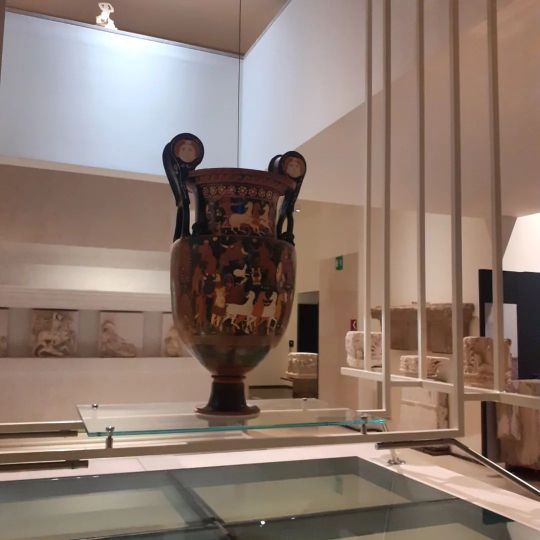
Museo Archeologico Nazionale di Taranto - MArTA . #jonio #taranto #horse #magnagrecia #marta #terracotta #stele #sculpture #puglia #apulia #reperti #bassorilievo #sculture #oriditaranto #archaelogicalsite #sculpture #arte #trip #followme #italy #italia #museumweek #archaeology #travel #marjonio #works #museums #vasi #exhibition (presso Taranto, Italy) https://www.instagram.com/p/CnJ30rbo8vd/?igshid=NGJjMDIxMWI=
#jonio#taranto#horse#magnagrecia#marta#terracotta#stele#sculpture#puglia#apulia#reperti#bassorilievo#sculture#oriditaranto#archaelogicalsite#arte#trip#followme#italy#italia#museumweek#archaeology#travel#marjonio#works#museums#vasi#exhibition
1 note
·
View note
Photo

Taranto #weareinpuglia #garden #landscape #land #sun #life #light #apulia #apulianfood #apulianlife #apuliatravels #landscapephotography #naturephotography #unesco #unescoworldheritage #puglia #taranto #love #sud (presso Taranto, Italy) https://www.instagram.com/p/ClYqGkZIqW6/?igshid=NGJjMDIxMWI=
#weareinpuglia#garden#landscape#land#sun#life#light#apulia#apulianfood#apulianlife#apuliatravels#landscapephotography#naturephotography#unesco#unescoworldheritage#puglia#taranto#love#sud
1 note
·
View note
Text
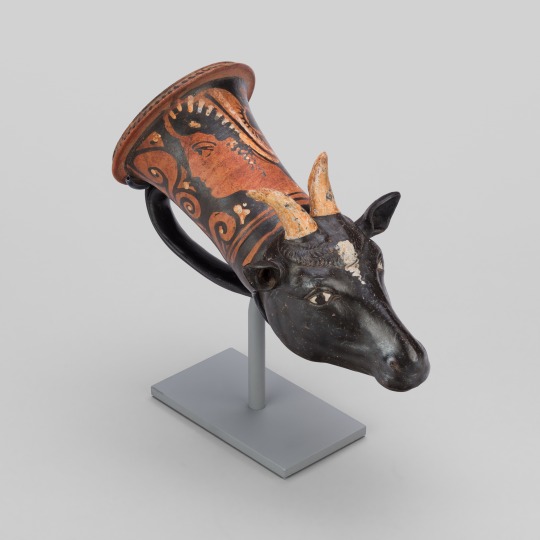
Rhyton (Drinking Vessel) in Shape of Sheep’s Head
Greek; Tarentum (now Taranto), Apulia, Italy, 320-310 BCE
Decorated tableware enlivened festive meals, and could have humerous intentions. This vessel fashioned in the shape of a sheep’s head is a special kind of drinking cup that cannot be set down when full, encouraging the guest who held it to drink a great deal of wine.
6 notes
·
View notes
Photo

@northernmariette asked me to compile a list of houses the Soults owned, preferably with pictures. That list will be a lot shorter than I wished, because outside of Soult’s home region almost nothing seems to be left.
Still there, but from the looks of it probably somewhat changed: The house of Soult’s mother Brigitte in what used to be called Saint-Amans-la-Bastide (rebaptised Saint-Amans-Soult in 1851, in honour of the village’s most-renowned son). Today’s adresse: 8 Rue du Maréchal Soult (what else)

Saint-Amans, as somebody has recently noted, even today is in the middle of nowhere. This particular region of nowhere is called »la Montagne Noir«, and its inhabitants apparently had a certain reputation for being taciturn, severe and on their guard. Which might explain why Soult got along best with folks from his natale region later.
Anarchasis Combes describes the village of 1769 like this:
In the flat part of the village, between two mountain slopes, stood the church, with its bell tower from the end of the 14th century, an entrance on the south side, surrounded by the cemetery. On the sloping ground, while gaining the edge of the Thoré, one saw, separated from each other by pàtus [I’m not sure of the meaning, sth like a small courtyard?] or by small unpaved streets, five houses with a first floor, with windows and shutters painted with red ochre; they were thus made distinguishable from the lower dwellings, which were reduced to a simple ground floor. Three of these houses belonged to some bourgeois, who oversaw the cultivation of their meager estates, the other two were inhabited by the local notables, the priest and the notary.
So, young Jean-de-dieu, being the son of said notary, definitely belonged to this metropolis’ upper class. After all, his home had a first floor! And judging from the picture above, his birthplace has improved a lot since then, because by now the building even has acquired a second floor, and so did the neighbor houses!
-
I would have loved to smuggle in a picture of 1796 Solingen and Louise Berg-Soult’s house at this point. However, with Solingen’s town center completely destroyed during WWII, that’s out of the question. Wilhelmine Berg and her daughter Louise lived in a street named »In den Casernen« that does not exist anymore, though I suspect today’s »Kasernenstraße« may still refer to it. The closest thing to a reference I could find is an old photography showing the house of Louise’s uncle Abraham Knecht, the so-called »house on the stairs«, where the wedding took place [to be found in the book »Alt-Solingen und Dorp« by Axel Birkenbeul, the house itself being demolished in 1900]:

From Solingen, Louise followed her military husband around for the next three years, through Germany and Belgium to Switzerland, until the end of 1799, and joined him whenever he stayed in the same place for some time and could make sure Louise would not be in immediate danger. In January 1800, he for the first time could visit Saint-Amans again and introduced Louise to his mother (the two women apparently liked each other immediately). Soult’s home leave was cut short, however, when a courier from Masséna urgently called him to Genoa. Louise remained in Saint-Amans, but when she learned of Soult being wounded and taken captive during the siege of Genoa, she immediately left and reached upper Italy precisely at the time when Soult was exchanged. From now on, she stayed by his side again, first in Turin, then in Taranto, Apulia, until on June 12, 1802, General and Madame Soult finally reached Paris, that neither of them had seen yet. It was also the first opportunity for them to give up their nomad ways and to acquire a home. Particularly as Louise was pregnant for the first time.
-
But at first, it seems they merely rented an appartement in Rue Caumartin No. 742, from where they at some point moved to Quai Voltaire, No. 3. That’s where their son Napoléon-Héctor was born. As to buying a house, it seems the Soults acquired a »maison de campagne«, in September 1802 before even thinking about a house in Paris. The estate was called »Villeneuve-l’Étang«, close to the parc of Saint-Cloud. It’s gone today, destroyed around 1880. There are some paintings, however:

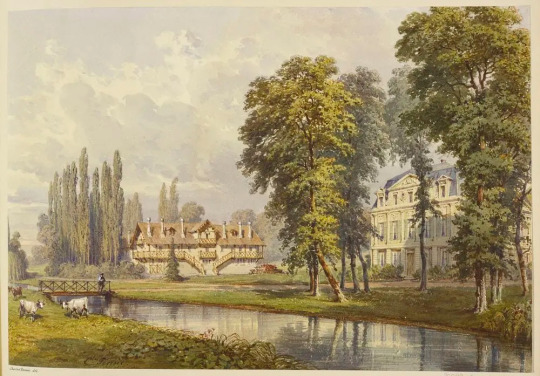
Both Soult and his wife were very attached to »l’Étang«, and the castle is an important topic in their correspondence. However, during the Restauration, after Soult’s return from exile, they had to sell the estate to the Duchesse d’Angouleme, in December 1821. Apparently they never attempted to get it back later. (I’ve found an interesting detail on this website: apparently, Soult demanded the castle be attached to another parish as he found the way to his church too long, meaning that, unlike some of his fellow generals, he actually did go to church. And Madame Soult had – sheep. Even a couple of merinos. Lannes’ enthusiasm seems to have been contagious. Somehow I now picture all the marshals walking their priced merinos on a leash, like Marie-Antoinette…)
According to Nicole Gotteri, the total price for the estate of Villeneuve-l’Étang was 270,000 Francs. The Soults made a down payment of 135000 francs in September 1802 and paid the remainder in two installments, on February 16 and August 26, 1803, at five percent interest. At which point Gotteri inserts quite an interesting list of income per annum for an officer in Soult’s position:
until 1798: général de brigade: ~12,000 Franc per annum
1799 – 1800: général de division: ~18,000 Franc per annum
1801: lieutenant général in Taranto: ~24,000 Franc per annum
Assuming Soult saved just about everything he had in income since his marriage (1796), that’s still only 96,000 Francs. So where did you acquire the rest of those 135,000 Francs in September 1802, Monsieur, hm? (Just because I have a soft spot for you doesn’t mean I’m not watching you! - Nicole Gotteri vaguely invokes »gratifications«, a term that may very well refer to the same thing that was seen as »French extortions« by those locals of occupied countries who through their war contributions had to finance the extra payments to French soldiers.)
-
Soult now being one of the four commanders of the »Garde Consulaire«, he also needed a representative »hôtel« in Paris and thus acquired a house in Rue de l’Université, No. 291, later No. 57, though it seems the entrance to the appartements where the family really lived (the rest of the house was rented to tenants) in the beginning was Rue de Lille, No. 498.
Soult bought the Paris house on the same day he paid off his first installment for Villeneuve-l’Étang, 16 February 1803, for 120,000 Francs – not a bad invest, considering that in 1865, the town of Paris had to rebuy it from Soult’s heirs for 1.47 millions, just so it could be torn down to make room for the reconstruction plans of famous baron Haussmann. Yes, this house is gone, too. I could not find any picture but would be very interested if somebody else manages to.
Update: I may have found something, even if it’s called No. 67 here:

-
Even Gotteri admits that the Soults acquired these very imposing houses before Napoleon truely installed his imperial court and ordered his militay chiefs to become gentlemen and even nobility. They clearly did not mind this development.
It’s quite likely that Soult over the years acquired more estates, particularly in his home region and for his family, but his main residencies (even if he barely ever saw them) were Rue de l’Université and Villeneuve-l’Étang. So let’s fast-forward to the time after Waterloo, when Soult was exiled and nolens volens had to find a place to live. This place was Alleestraße 7 in Düsseldorf, close to the Ratingen gate (»Ratinger Tor«) where, according to a newspaper, he rented a seven-room appartment for his family, lived a very retired life and did not even have his own carriage. (He did at one point join a local club, however.)
I do know there exists a drawing of the house as it looked back then, but I could not locate it online, sorry. In case anybody wants to check the quarter on Google Maps, please don’t get confused, the street has been renamed to »Heinrich-Heine-Allee«.
-
Which brings us back, full circle, to Saint-Amans. As stated above, finally allowed back to France in 1819, Soult sold his estate of Villeneuve-l’Étang to the Duchess of Angouleme in 1821, for a whopping 740,000 Francs! This decision still cannot have come easy to the family, but with Soult being effectively in disgrace and his income vastly diminished, upkeep for this ostentatious estate would soon become impossible.
Assuming that his days of fame were over (Soult had turned fifty when he came back from exile), he stayed in Saint-Amans longer and longer. From 1827 on, he built his house »Soultberg« on a hill about fifteen minutes from the village church of Saint-Amans.
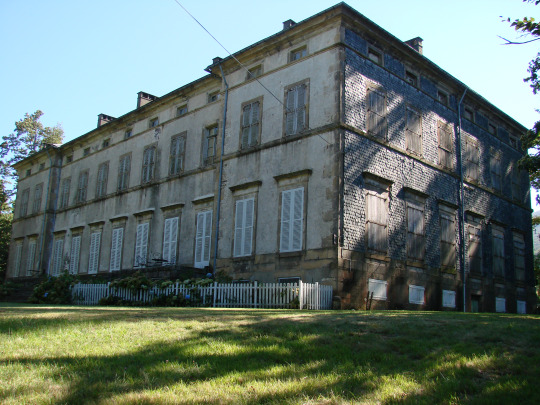
This is the place where Soult lived most of the time during his remaining years (he probably had not expected there would be so many of them), even when he became minister of war during the July Monarchy. According to Anarchasis Combes he did not want people to refer to it as a castle, because…
A castle, he said, is a fortified building, and I had no ambition to imitate Vauban, by building a pavilion in the middle of a park.
So, this is what a pavilion à la Soult looks like. It is also the place where he died.
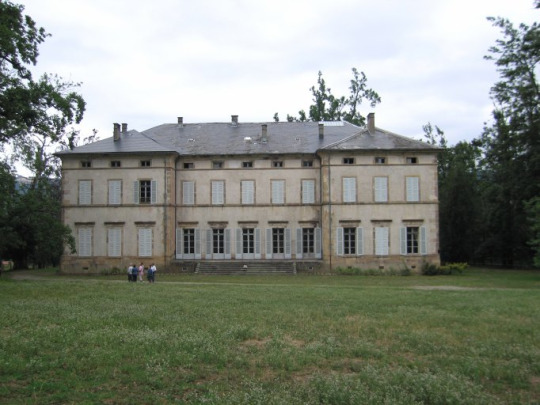
-
And then we have the very last building. Yes, Soult had his own funeral place planned and built during his lifetime.

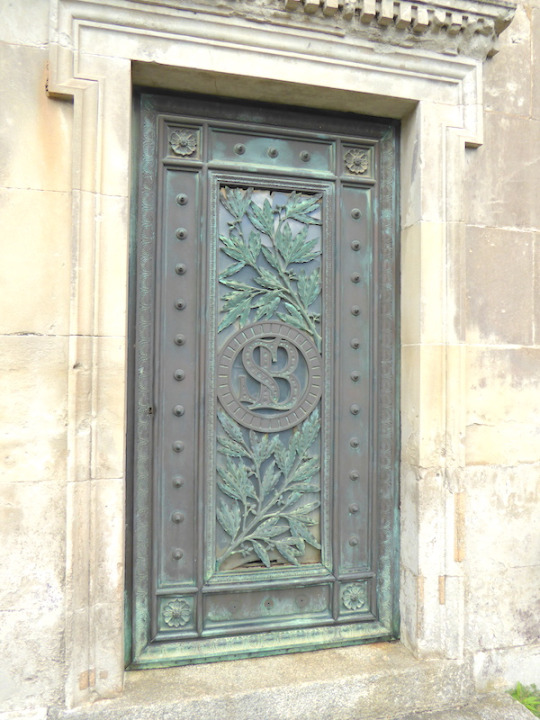
I think I have already posted that apparently, from this chapel on the side of Saint-Amans’ village church, one can see both the house that Soult was born in and the one that he died in. As if he wanted to overlook his whole life from his last resting place.
On a lighter note: That possessive »S« on the door of the chapel, hooked into the »B« of (Louise) Berg makes me smile every time I see it. Obviously, just because he was dead did not mean he would let go of her!
32 notes
·
View notes
Text
Siamo così tornati, dopo lungo giro, alla siticulosa Apulia del mondo classico, che oltre le selve garganiche e le loro propaggini daune si stendeva eguale e miserabile, combusta dal torrido Atabulus, in un paesaggio ove tutto nasceva nero, anche le messi, e l’orizzonte era segnato dalla polvere delle transumanze, e così per ampio tratto, sino all’improvvisa fioritura degli orti di Taranto e al dolce Galeso ombreggiato da pini e bianco per le greggi che vi si specchiavano: isola verde dopo tanto squallore, angolo di terra dalle lunghe primavere e dai tiepidi inverni, dove il miele non cedeva a quello dell’Imetto, gli ulivi gareggiavano con quelli di Venafro e prosperavano viti che non invidiavano il Falerno.
Ernesto De Martino, La terra del rimorso
5 notes
·
View notes
Photo
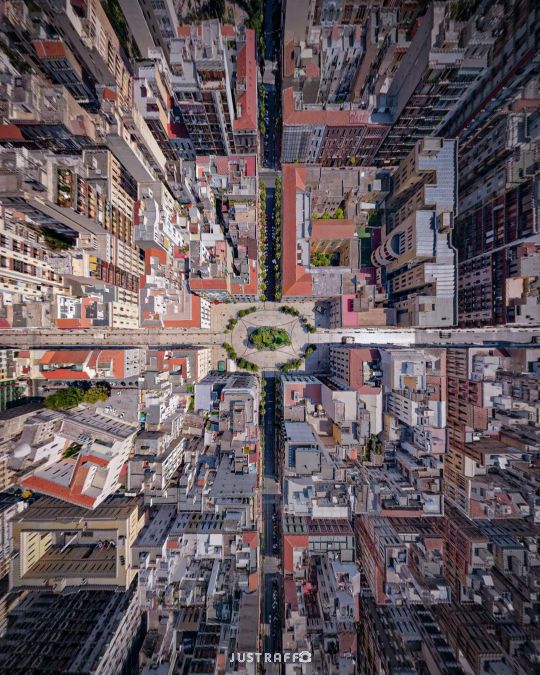
#palazzi #buildings #citta #city #isolati #blocks #strade #streets #piazza #square #prospettiva #prospective #luce #light #ombre #shadows #panorama #colori #colours #taranto #puglia #apulia #italia #italy (presso Piazza Maria Immacolata Taranto) https://www.instagram.com/p/CgfRS5-o5O_/?igshid=NGJjMDIxMWI=
#palazzi#buildings#citta#city#isolati#blocks#strade#streets#piazza#square#prospettiva#prospective#luce#light#ombre#shadows#panorama#colori#colours#taranto#puglia#apulia#italia#italy
124 notes
·
View notes
Photo
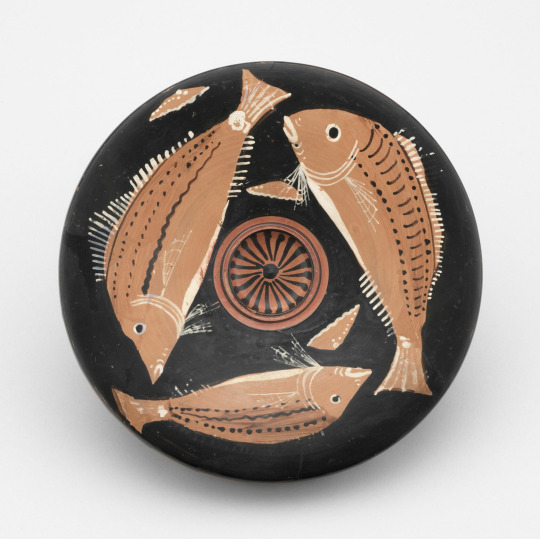
Fish Plate (340 BCE–320 BCE)
Greek; Tarentum (now Taranto), Apulia, Italy
terracotta, decorated in the red-figure technique
14 notes
·
View notes
Photo

Notte delle Candele, Alla scoperta del buio / Discovring Darkness" . Museo Archeologico Nazionale di Taranto - MArTA . #candle #taranto #tarantino #magnagrecia #marta #light #woman #sculpture #puglia #apulia #reperti #shadow #sculture #discoveringdarkness #archaelogicalsite #allascopertadelbuio #arte #trip #followme #italy #italia #museumweek #archaeology #travel #nottedellecandele #works #museums #panorama #exhibition (presso Taranto, Italy) https://www.instagram.com/p/Cmg8FiiIXfv/?igshid=NGJjMDIxMWI=
#candle#taranto#tarantino#magnagrecia#marta#light#woman#sculpture#puglia#apulia#reperti#shadow#sculture#discoveringdarkness#archaelogicalsite#allascopertadelbuio#arte#trip#followme#italy#italia#museumweek#archaeology#travel#nottedellecandele#works#museums#panorama#exhibition
0 notes
Text
SIKELGAITA // PRINCESS OF LOMBARD
“She was a Lombard princess, the daughter of Prince Guaimar IV of Salerno and second wife of Duke Robert Guiscard of Apulia. She commanded troops in her own right. Robert Guiscard wrote that she stood six Anglo-Saxon feet tall, which converts to 6ft 7in (2.01 m) today. Sikelgaita frequently accompanied Robert on his conquests. She conducted the siege of Trani (1080) while Robert moved against Taranto. Although at first she tried to persuade him not to attack the Byzantine Empire, she nevertheless brought troops and accompanied him on his campaign against them. At the Battle of Dyrrhachium in 1081 she was on the field in full armour, rallying her and Robert's troops when they were initially repulsed by the Byzantine army and were in danger of losing cohesion. She accompanied him on a second campaign against the Byzantines, during which Robert died on Kefalonia in 1085 with Sikelgaita at his side.”


0 notes
Photo

La Spiaggia di Castellaneta Marina (Puglia) Una spiaggia situata presso la località balneare omonima, nella costa occidentale del Golfo di Taranto, frazione del comune di Castellaneta. Si tratta di una bellissima spiaggia di sabbia finissima, caratterizzata da un magnifico litorale ampio e lungo incastonato all'interno di un tratto costiero lungo chilometri tutto orlato da una ricca vegetazione di macchia mediterranea e pini d'Aleppo. Il mare è bellissimo, turchese e azzurro, cristallino e di una trasparenza straordinaria, con fondali sabbiosi e digradanti, ideale per nuotare e fare il bagno. #puglia #weareinpuglia #apulia #castellanetamarina #mare .-.-.-.-.-.-.-.-.-.-.-.-.-.-.-.-.-.-.-.-.-.-.-.-.- (presso Castellaneta Marina) https://www.instagram.com/p/Cf9ewSXsWdY/?igshid=NGJjMDIxMWI=
3 notes
·
View notes
